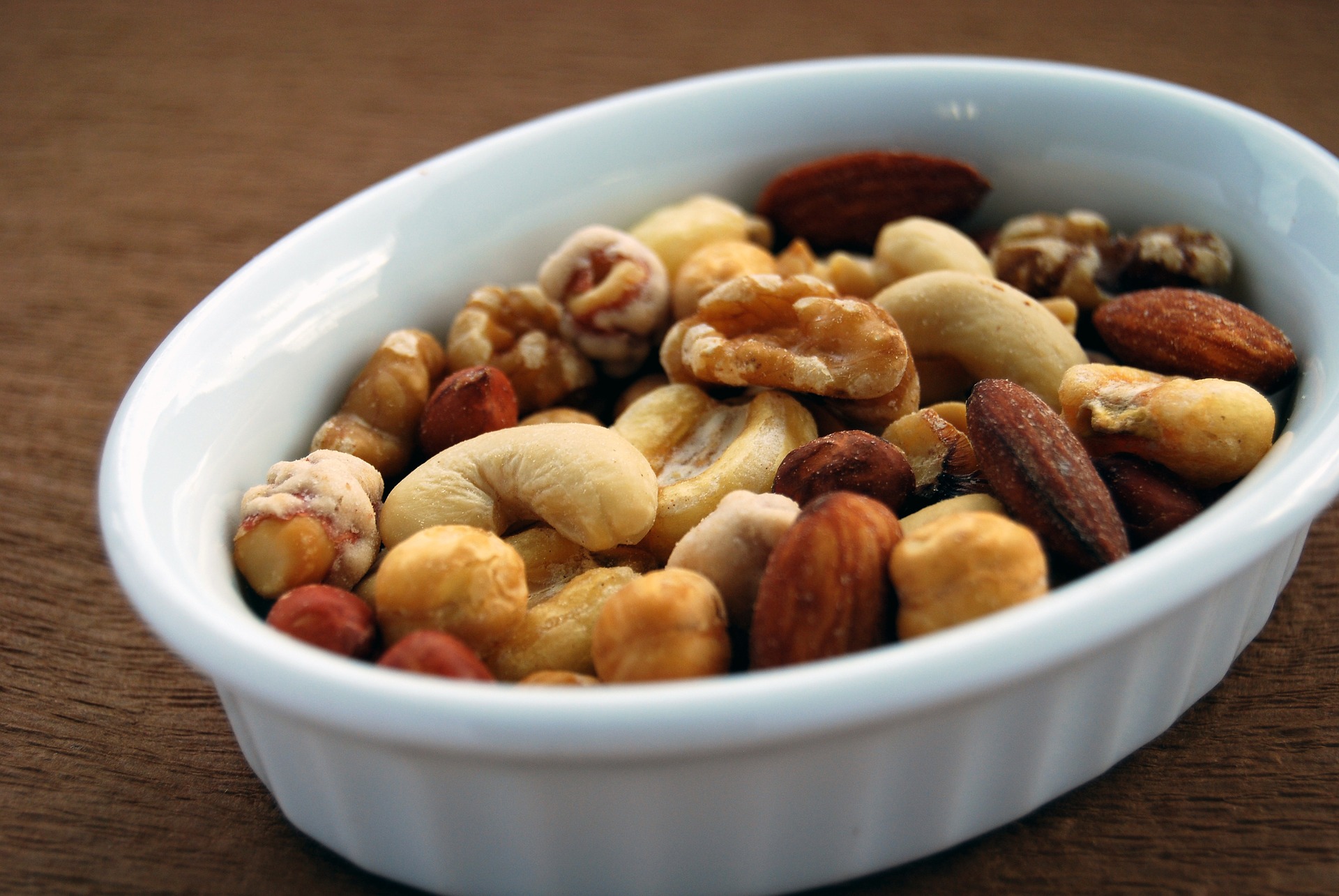Let’s talk about nuts and why they cost so much.
You’re at the grocery store, looking for a healthful snack to pack in your lunch for work, right next to your turkey and bacon on wheat, and maybe a piece of fruit. Aha – nuts! Perfect! Until you see the price tag.
Pistachios, $9.15 per pound. Cashews, $9.39 per pound. Walnuts, $11.18 per pound. Almonds, $11.49 per pound.
Other than peanuts, which are not really a nut, but a legume, why are virtually all nuts so darn expensive?
Around 20 to 25 years ago, nuts were considered bad for you because of their fat content. Now, it’s believed their fat is actually “good” fat, and we should all be reaping the nutritional benefits.
In part, this is why nuts are so pricey – they’re in higher demand than they used to be.
But, if we look at each individual nut, we can see there are a few more reasons for the higher price tag.
Almonds
Over 80% of the world’s almonds come from California. The trees need certain habitats to thrive – namely, a cool but not cold winter, and a mild spring. With California currently experiencing a record-breaking drought, almonds and other crops are suffering.
Additionally, almond trees rely heavily on pollination from honeybees, who are being affected by colony collapse disorder.
Cashews
Cashews are expensive because there is an oily fluid surrounding them which contains anacardic acid, a toxin also found in poison ivy. This dangerous substance must be removed, which is a laborious process.
Pecans
In recent years, there has been a huge demand in China for pecans, driving up the price for everyone. Roughly a third of American-grown pecans are exported to the Chinese.
Pistachios
Pistachio trees are only grown in a few places – primarily California, Turkey, and Iran. They can handle poor soil, but need cool winters and long, hot summers. Further, each tree doesn’t produce a lot of nuts, and it takes the tree six or seven years to begin yielding nuts at all.
Finally, pistachio trees are alternate bearing: they have a year of high production followed by a year of low production, and so on; they’re only at full nut-bearing capacity every other year.
Pine nuts
Pine nuts are the seeds of pine cones, and they’re difficult to harvest because they literally have to be extracted from the cones.
Walnuts
Like almond and pistachio trees, walnut trees require specific conditions. They too are primarily grown in California, and thus, are impacted by the ongoing drought.
Again, the surge in popularity of nuts makes them more expensive in general. But as we can see, each nut also bring its own unique cost factors to the table.
However, as a nutritious and filling snack, and a fun and crunchy addition to salads or desserts, nuts are sometimes worth the extra bucks.

I love nuts. Great article. They are expensive. Now I know why.
Have you tackled, “Why is chicken so cheap?”
It’s striking. Especially in contrast with the price of nuts.
I’m a little afraid to find out why chicken is so cheap. :X
Simple answer: meat and dairy is subsidized by governments, apparently they don’t believe that healthy foods like nuts, fruits or vegetables need those subsidies instead. Call it social engineering.
Meat and chicken and ham/pork are cheap because of factory farming–animals that never see the sun, that can hardly move, that have antibiotics because at such close range they would be diseased. Meat and chicken and pigs are cheap because they are treated like commodities, like unbreathing, unfeeling beings. It’s all “the bottom line.” Meat and chicken are cheap at the expense of lives of hell.
But nuts are healthy for you, therefore governments would be ‘nuts’ to subsidize such things, as they do with chicken
I’ve heard stories about folks who collect wild nuts in the woods & sell them to local grocers who buy them for pennies on the dollar, then sell them at jacked up prices.
I’ve heard that the type of pinenuts sold in stores only grow in China & Russia & are doubly expensive because they also have to be imported.
Sunflower seeds are pretty expensive too.
How about a pumpkin (or several other types of squash)? You can eat the pumpkin and then, as an added bonus, salt and toast the dry seeds. A truly heavenly fruit!
Interesting about the walnuts being mostly grown in California… in my area of Indiana, walnut trees grow like weeds. However, the actual nut is difficult to extract since it is well covered (soft green outer skin, hard nut case, actual walnut), and the hard nut case is covered in the main ingredient of walnut stain. I haven’t looked it up, but I reckon it is the stain that is the poison that walnuts use to reduce competition in their environment. (If you have walnuts, you have to be aware of it, some plants cannot grow alongside them) Also, I’m not certain, but walnut trees in my yard seem to follow a cycle of production also.